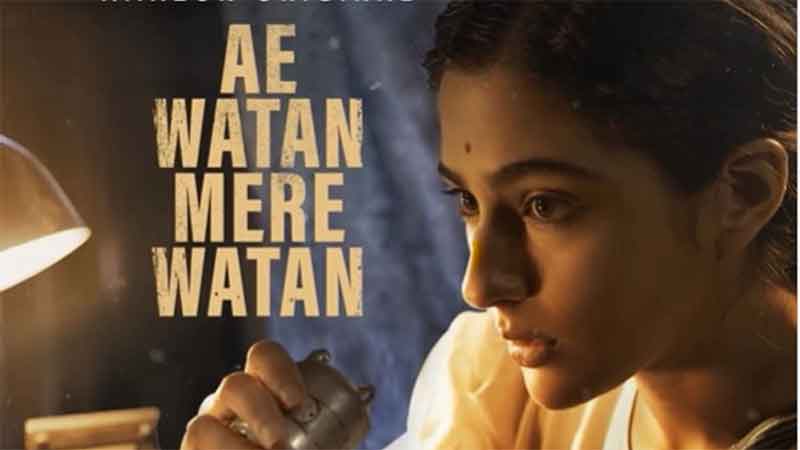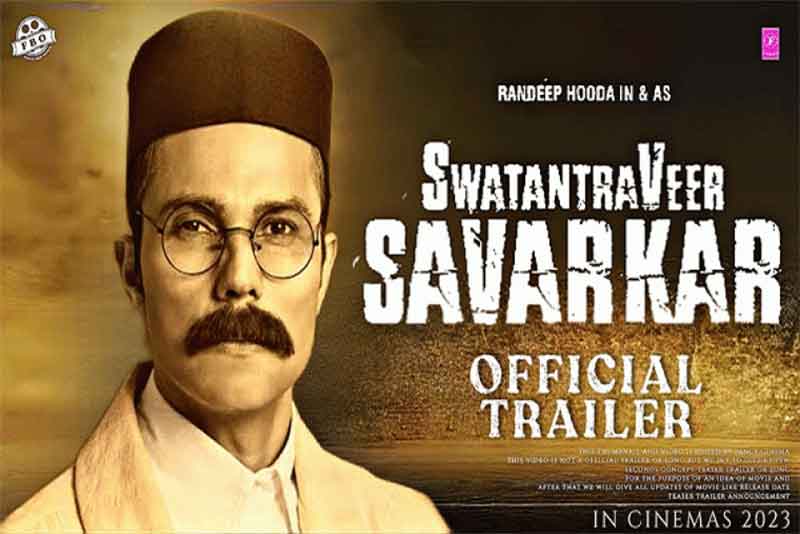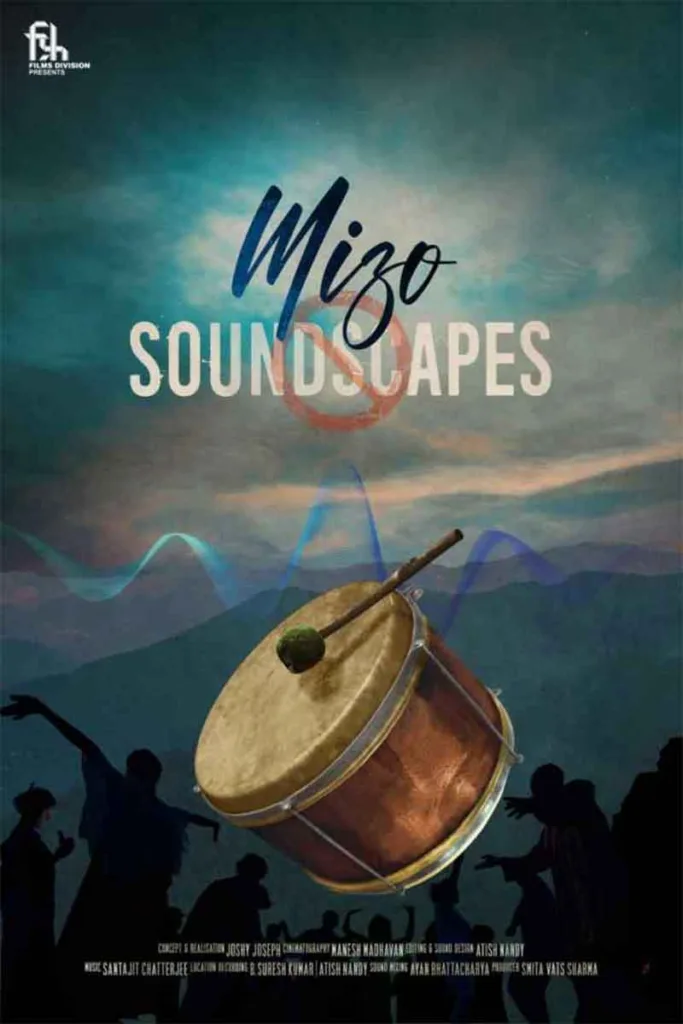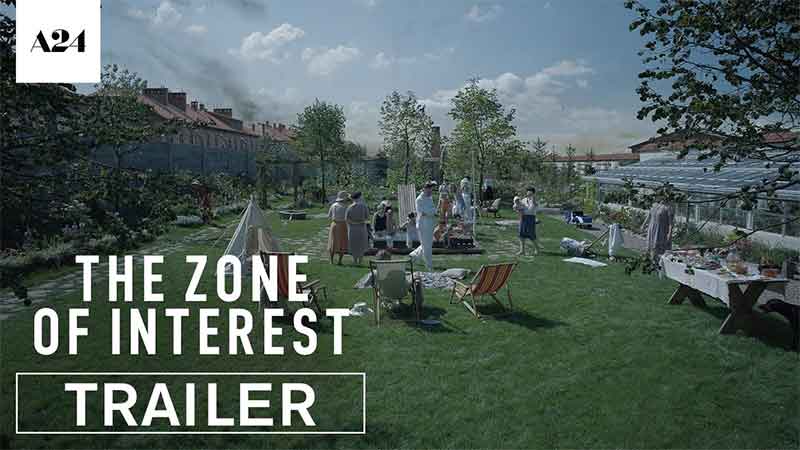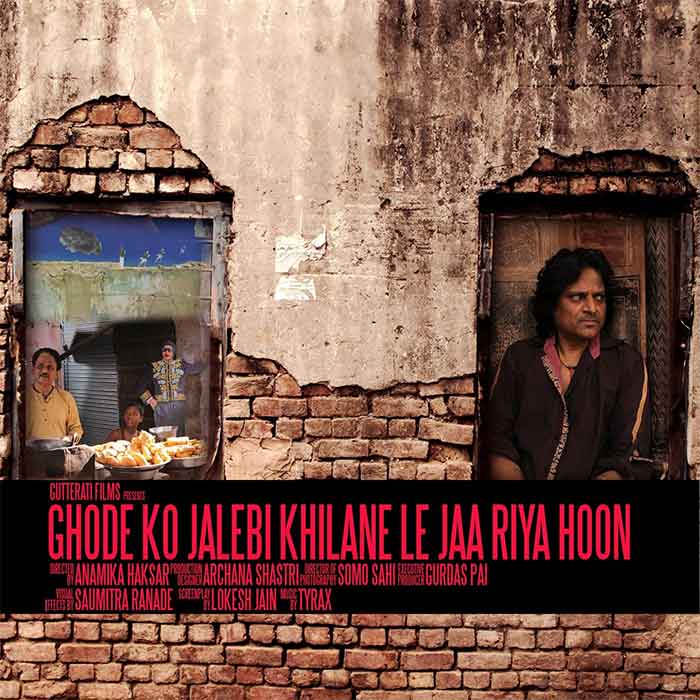
Few people have such a privileged and unique background as Anamika Haksar whose experimental film Ghode Ko Jalebi Khilane Ja Riyan Hoon was released in a few cities in small theatres on June 15 She is the daughter of P.N. Haksar, one of our most respected administrators and an ardent Communsit in early days . She worked with Badal Sircar for quite a few years, studied theatre in Moscow for nearly six years, then in National School of Drama in Delhi, then taught there in NSD, is a prominent figure in the Delhi social circuit Every one in the family has had strong left wing sympathies including herself, sister Nandita and mother Urmila.
The film is set in old Delhi, Shahajanabad, seeking focus on the lives of working class people which drew me to it all the more. She apparently has a big social network, almost all media reviews are positive, which is somewhat rare for such an experimental film and in Mumbai at least there were very very few viewers.
She says years have been spent in doing research on the film, talking with working class people about their lives and their dreams, dreams not for a better life as we normally understand, but dreams which are weird as they are shown through animation and other ways and have little relation to their actual lives.
In quite a few interviews she describes herself as middle class, surprising for someone whose father was virtually the country’s top most bureaucrat for years and earlier ambassador. And there is little mention of the highly leftist background of her parents.After all it is our social being that determines our consciousness as Marx put it.
This is not a criticism. Just a few thoughts which came to mind.
About the years of research on the film. But the film gives no evidence at all of that. With a more perceptive kind of research, she could have produced a wonderful realistic documentary film looking at the whole transition of India. And what better way to start than her own father who had such a terrific understanding of socio political life. It is there in his own writing, in his work, he was the deputy chairperson of the Planning Commission.. So we could have had a wonderful overview of the last 100 years or so.
He had a big role in steering India to a more progressive path . And he was outspoken, he was no a courtier as Natwar Singh, former foreign secretary of India, has made clear. He was a strong critic of Sanjay Gandhi’s Maruti car project. Had Indira Gandhi listened to Haksar and concentrated on improving public transport and had subsequent leaders not gone about mindless motorisation, our urban life would not have been in such a mess today.
Also a huge amount of research is available on the transition of Delhi itself, if she was to be so Delhi centric, should could have drawn on that made a scathing documentary on the mess the whole country is in, Delhi reflects what is going on in the rest of the country.
Also, a few other questions. no criticism. Why has the script writer, director confined herself for some strange reason only to some parts of old Delhi ? The most noticeable recent change here is in Chandni Chowk itself. She takes no notice of it. It would have been interesting to see what she has to say about the recent makeover , gentrification of Chandni Chowk from where many working people have been removed ? Since she is so focussed on street life, how is we see almost nothing of the conflict between motor cars and other street users which is so visible everywhere in urban areas ? Also, along the axis in old Delhi are some of the most important houses of worship including the Sri Digambar Jain Temple, the Sikh Gurdwara Sis Ganj Sahib, the Suneri and Fatehpuri Mosques, the Gauri Shankar and Shri Shiv Navgrah Hindu Temples, and the Central Baptist Church. A good mix of various communities, worship. It also includes the old Town Hall, which served as the center of urban government from 1866 till 2009 . We see nothing of this. The main view given is one of a very depressing kind of living conditions and this too not in a realistic but a strange, surrealistic manner which makes things so difficult to understand for a person with average intelligence. The main characters are a worker cum activist, a tourist guide carrying fancy tales of old Delhi, a sweetmeat seller, and a pickpocket. We see a donkey carrying a man, a horse carriage and so, . interesting but that belongs more to the older times, not the present times. The film and her interviews repeatedly stress that all dialogues etc are based on real people, real interviews. No one would question that. The question is with so much research for so many years what does an average viewer get ? Even the poor find it hard to relate to the film. As for the poetry and art in the film, this is a subjective matter. If even tiny theatres are left with empty rows for the shows of the film in the first week we do have something to ponder over.
It is stressed that all dialogues etc are based on real people, real interviews. No one would question that. The question is with so much research for so many years what does an average viewer get ? Even the poor find it hard to relate to the film. As for the poetry and art in the film, this is a subjective matter. If even tiny theatres are left with empty rows for the shows of the film in the first week there is something to ponder over. .
There are some interesting elements, some good lines, some visuals, the acting is good. But who is going to see the film ? This is the very opposite of the street theatre the Delhi Left was known for some years ago. It reached out to people. The film is too isolated, It does not sustain interest, it aims to speak for common people but it is likely to have little appeal to them. For all the research of years on the lives of the poor, the film maker and associates seem to have no idea of major thinking going on in radical circles in the West, the relationship between people, streets, democracy, mixed neighbourhood and all these aspects .Jane Jacobs has talked about and subsequently, so much work has been done on this. There is little indication that the research of her team has taken any cognisance of such progressive urban thinking.
There is a scene of red flag waving but the import is likely to be missed by most people, non leftists.
And where is the class conflict, where is the class enemy . The only oppressors seem to be some bania giving abuses to a handcart puller and there are some petty goondas and oppressive policemen. True, one cannot show everything of reality but we get nothing of the corporate world, the multi nationals and imperialist forces.
In his significant play Udhwasta Dharmashala, G.P. Deshpande, incidentally from JNU, Delhi, made a very good point. A Gandhian character says something on these lines, launch agitations and so on, but don’t point to the enemy, the class enemy.
The point is is it enough for the Left just to do some flag waving and showing the misery of labourers without putting things into perspective.
In very few cities class conflict, gentrification are so intense as in Delhi but the film hovers all the time inside the gullies and barring some shots of Red Fort we hardly get even at attempt at an overview.
An interesting debut. There are a few intellectuals who talk , write in a language which only other intellectuals can understand, sometimes, even they fail to comprehend the jargon and the abstraction. We need to stop falling into that trap.
There are other problems. I specially saw the film a second time, thinking I may not have got the full import in the first screening, I may have missed something. But in the second time it was no better. Also, there were only three people in the theatre, a college boy and girl and me. Later, one college teacher brought a horde of students fairly late and it appears the tickets were paid for. Even more oddly, when I went to the booking counter, I was told the show is sold out, I was wondering how this was possible, I waited for some time and then found a man was trying to bring some people in.Something inexplicable was going on.When I checked, I found the theatre was actually empty.
Vidyadhar Date is a senior journalist and author of a book on public transport


